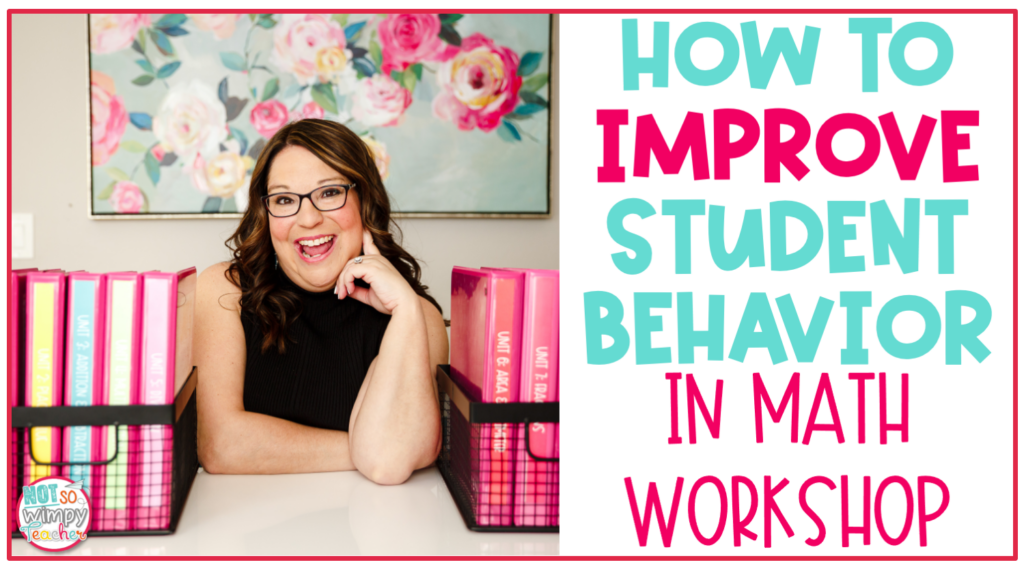
Do you struggle with student behavior issues during math class? Kids fidgeting, getting up from their seats? Doodling, daydreaming, not being on task? Chatting with a friend? Misusing manipulatives? If so, you are not alone. But I’ve got great news. Adopting the workshop model for your math instruction will help improve student behavior.
Some teachers are reluctant to introduce centers to their math block because they worry their students will misbehave. But math workshop actually helps improve student behavior.
Math workshop breaks up a long math block.
Students aren’t expected to sit in their seats for the whole hour. They have the opportunity to move around the classroom and work on different tasks, including technology, and hands-on activities. And they are more engaged because there is differentiation. All of this leads up to improved student behavior.
Spend time teaching procedures
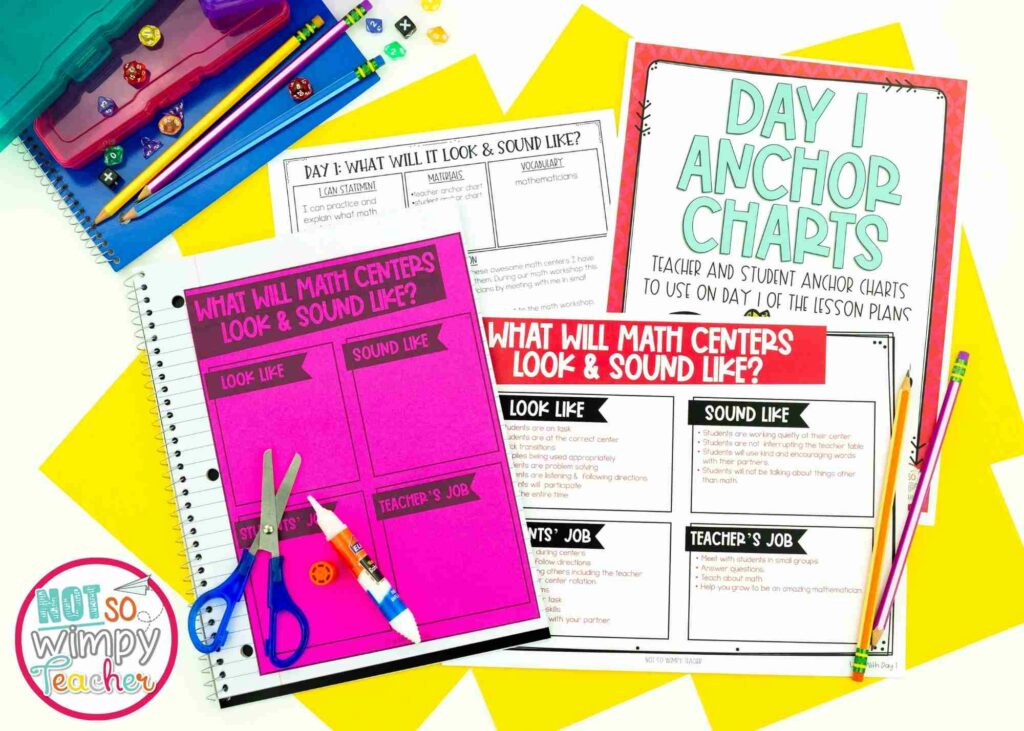
Of course, students working quietly, independently, and on task during math centers doesn’t happen magically. You have to teach students what you expect and give them the tools to be successful.
This means you need to devote a good chunk of time to teaching procedures. Important things to review include:
- How to get supplies
- How to transition from one center to another
- How to solve problems during centers
- How to respectfully treat the materials
It’s also a good idea to model what not to do. Kids love to role play this. Ask a student to show you how they should not use the base ten blocks. Everyone will get a good laugh out of the “what not to do” scenario.
Just be sure to follow up with another student modeling how to properly use them. You always want to leave students with an example of appropriate behavior.
Recognize groups that are on task each day
Another great way to improve student behavior is to notice when students are making good choices. By focusing on the positive each day, students will know they can get attention by doing the right thing.
For example, between centers you might want to say, “WOW! The Lions are being amazing today.” Or, at the end of math workshop you could say, “I noticed how diligently the Blue group was working today. They got their materials quickly and went right to work.”
Kids love getting teacher praise and being noticed for good behavior. Try to make your praise as specific as possible to reinforce the classroom expectations.
Improve student behavior by boosting confidence
Another way to improve student behavior during math workshop is to make sure that students can complete the work independently. Using independent centers for review will help students feel more capable and successful. When kids are confident in their ability to complete the tasks, they will work harder and stay focused longer.
The trouble arises when kids don’t have the skills or capacity to complete work. This will make them feel uncomfortable. They are afraid to make mistakes or do it wrong, so they avoid the discomfort by not doing the work at all. This of course leads to too much idle time to find trouble. Ensuring that independent tasks are at the right level will help alleviate behavior problems.
Improve student behavior by alleviating boredom
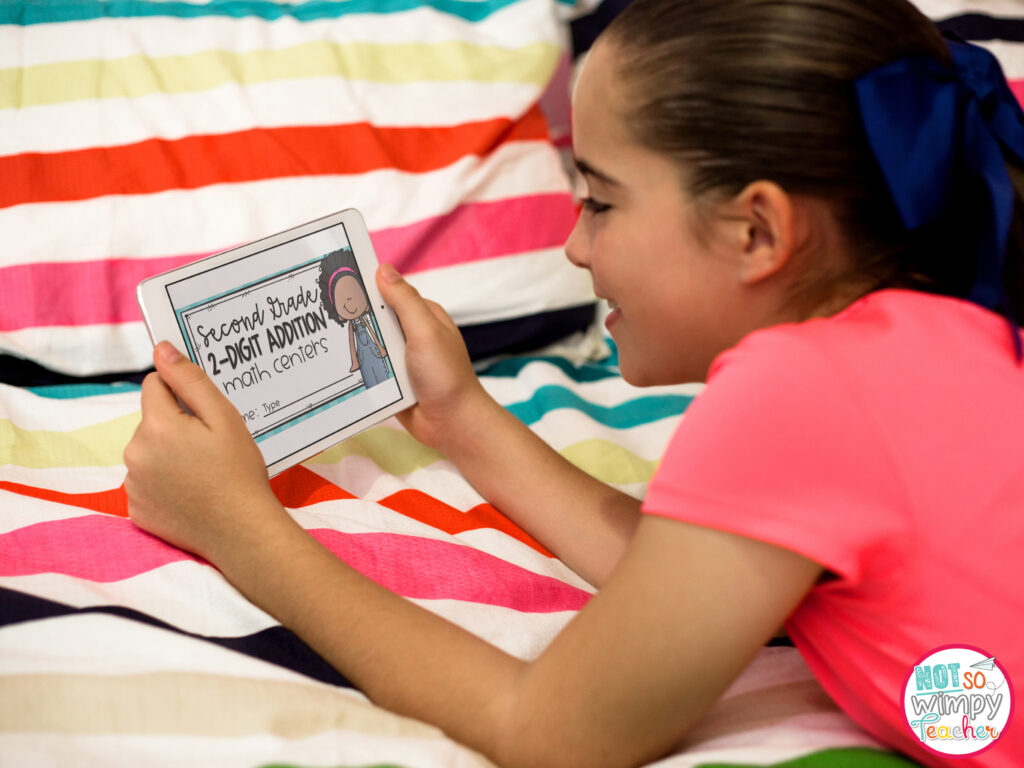
Work that is too easy can also cause kids to become bored and off task. Technology is a great way to automatically differentiate tasks and make sure that all kids are working at a just-right level.
Providing enrichment opportunities in small groups is also a great way to keep kids motivated to learn. You want to challenge students just enough so that they remain engaged throughout the math block.
Rearrange groups when necessary
Don’t be afraid to rearrange our groups from time to time. Sometimes it’s necessary to move a student from the leveled group they are in to alleviate behavior problems. Perhaps you have two best friends who won’t stop talking. Or maybe it’s two kids who just can’t get along.
Whatever the situation, a simple way to improve student behavior is to move a student up or down one group for the good of the group dynamics. Don’t worry about them being in the “wrong group”. Small groups allow you to provide more individualized instruction to all the group members, so the student will still get the instruction they need.
And the overall benefits of less behavior issues and more time on task will be a win, win for the entire class.
Minimize transitions
Finally, one of the easiest ways to improve student behavior is to minimize transitions. I don’t have to tell you that it’s those “in-between” times when things can really go off the rails. As kids transition from one center to the next, there are countless opportunities to misbehave, and it can take along time to get everyone back on task.
Simply reduce the number of transitions you have each day to minimize behavior problems. I recommend only having two centers per day. This minimizes transition time and maximizes instruction time.
Work with Me!

The Not So Wimpy Math Masterclass is a professional development course for teachers in grades 2-5 who want to make their math class awesome 😍! And it’s open for enrollment now!
You’ll learn how to fit an engaging, chaos-free math workshop in a 60-minute math block that will help your students deepen their skills, confidence, and conceptual understanding of math.
The Not So Wimpy Math Process will show you exactly how to:
- Add centers to your math block that are simple and manageable for you AND wildly effective for your students
- Divide your students into small groups AND provide intervention and enrichment to meet ALL your students’ academic needs
- Subtract ALL the chaos and confusion AND confidently fit everything into your 60-minute math block, and
- Multiply your students’ skills, talents, confidence, and love of math to the power of 100!!
to create a classroom full of confident, thriving mathematicians.
And it works with any curriculum.
If you are ready to build a better math block and make your math class awesome, sign up today!
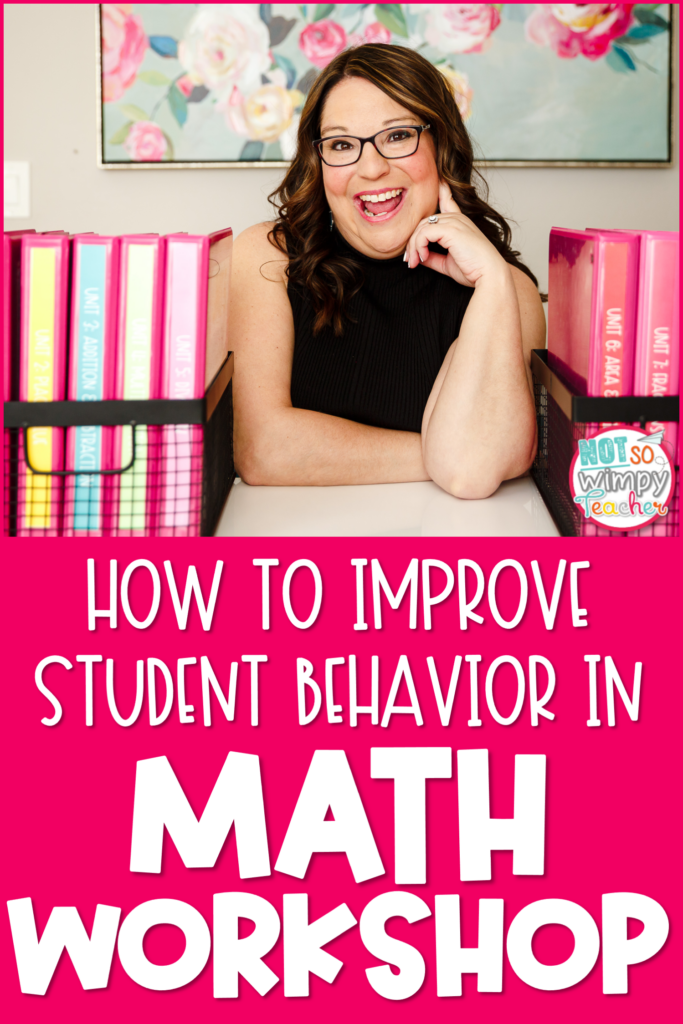
Have a Not So Wimpy Day,


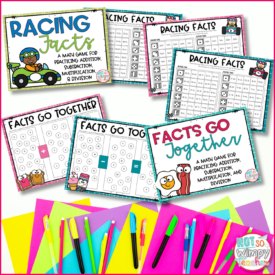
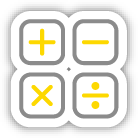


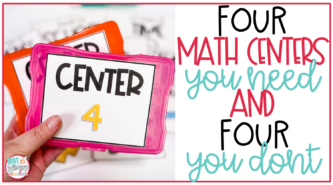
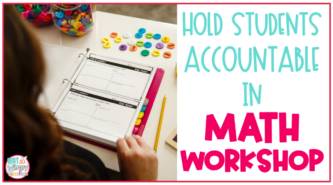











 End of Year Carnival Week for grades 2-5!
End of Year Carnival Week for grades 2-5!
Leave a Comment